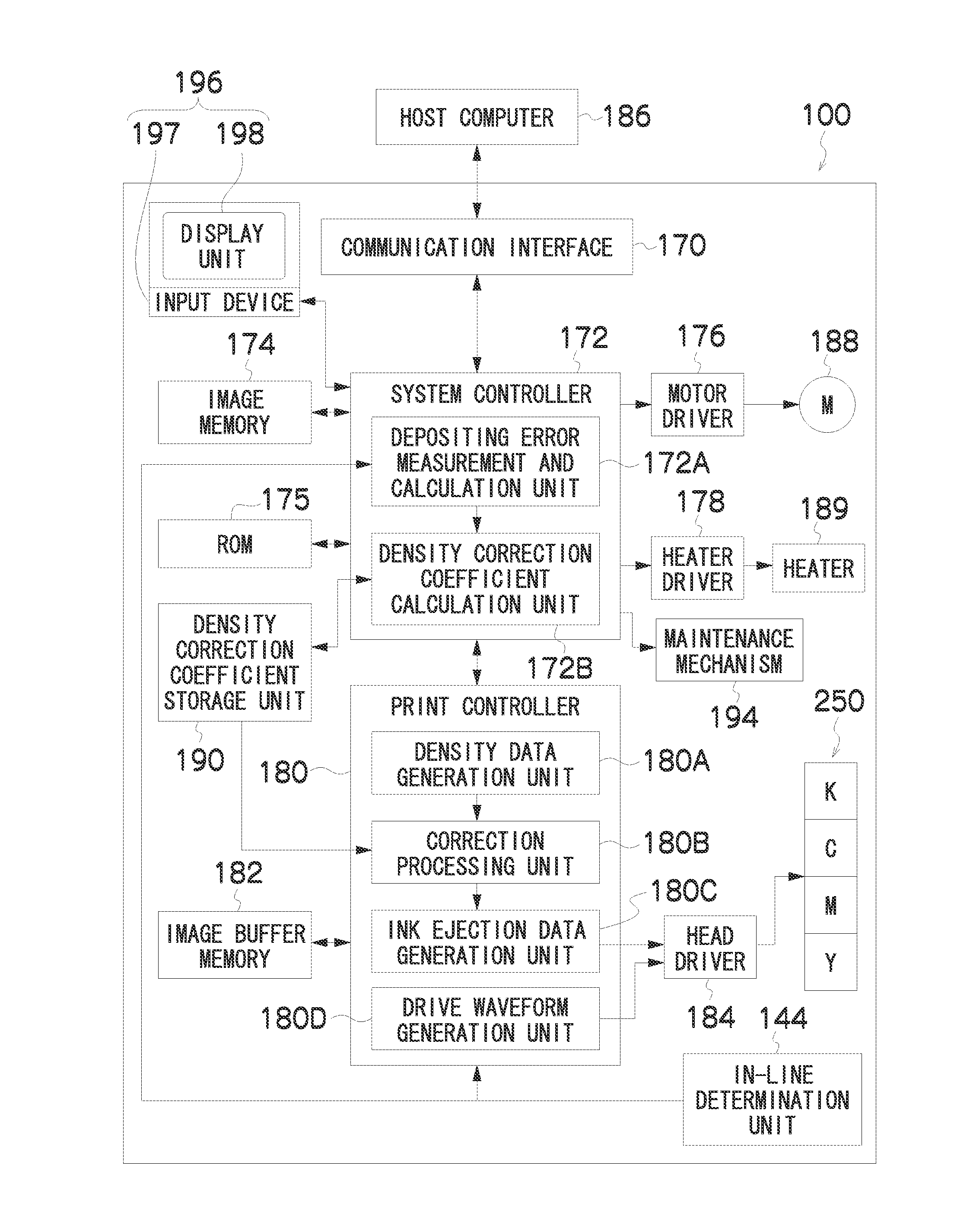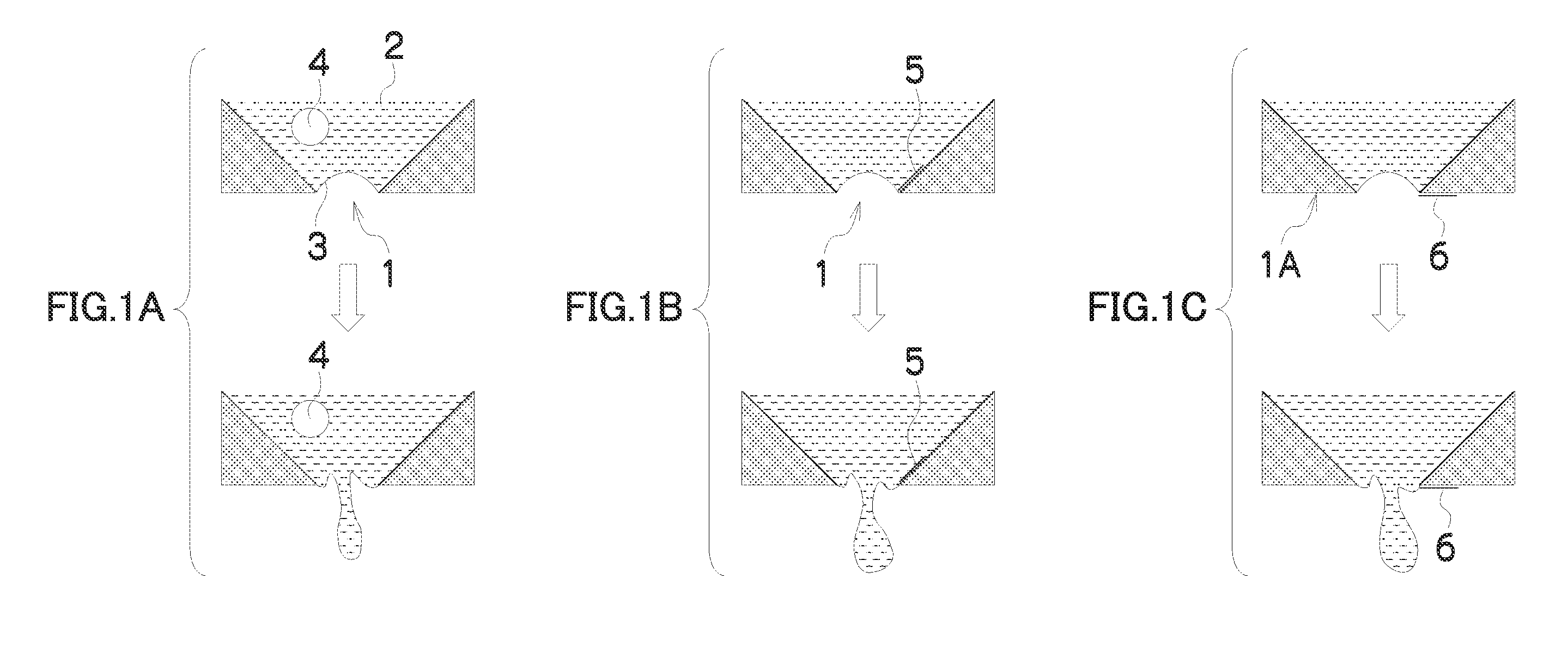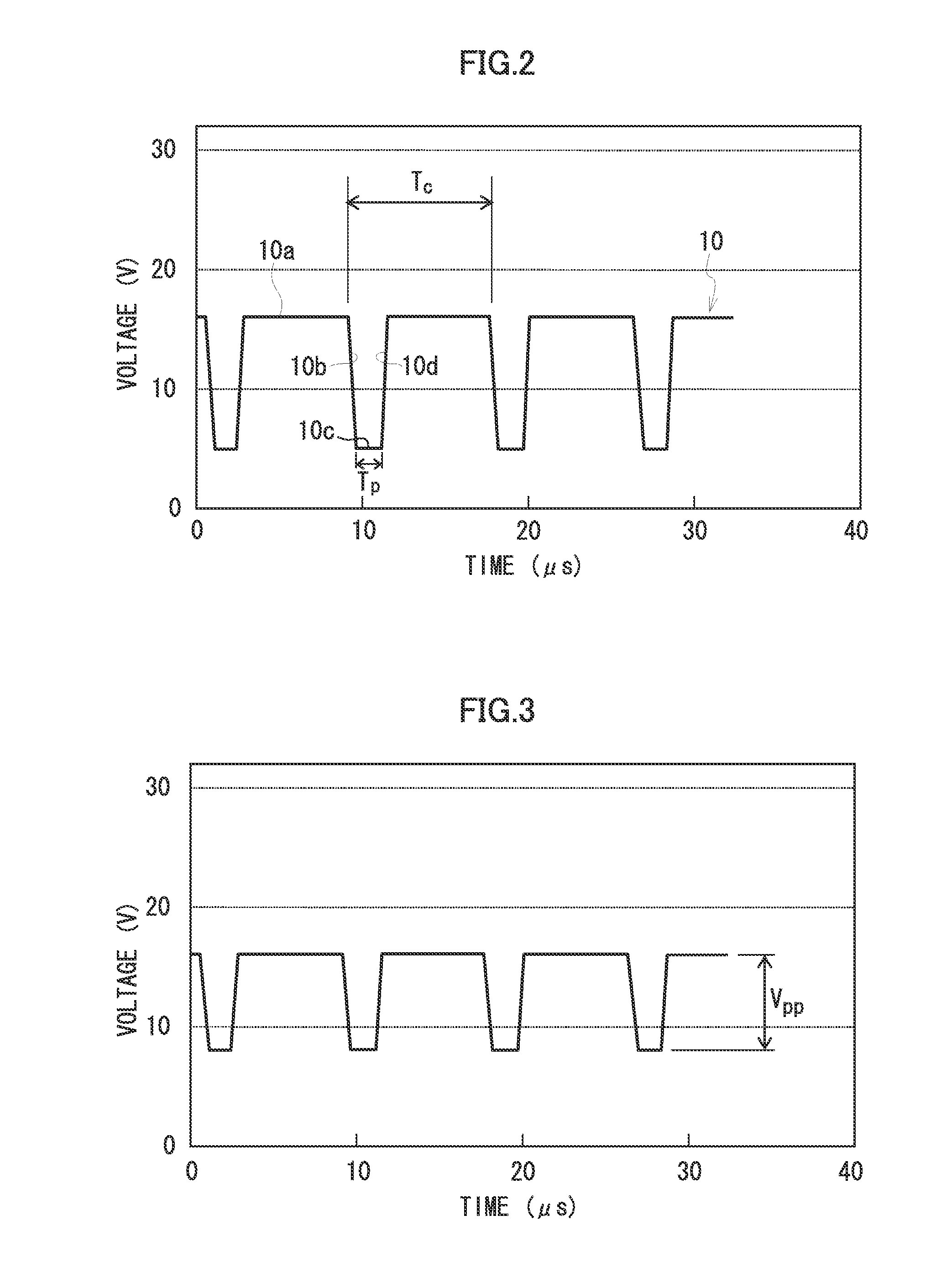Inkjet recording apparatus and method, and abnormal nozzle detection method
a recording apparatus and nozzle technology, applied in the direction of printing, inking apparatus, other printing apparatus, etc., can solve the problems of increased waste of paper, non-uniformity and density non-uniformities, and ejection defects with a certain probability, so as to improve throughput and accuracy. high, the effect of high reliability
- Summary
- Abstract
- Description
- Claims
- Application Information
AI Technical Summary
Benefits of technology
Problems solved by technology
Method used
Image
Examples
embodiment 1
Flowchart of Non-Uniformity Correction Sequence (Embodiment 1)
[0234]FIG. 19 is a flowchart showing a non-uniformity correction sequence in the inkjet recording apparatus 100 according to an embodiment of the present invention. The non-uniformity correction according to the present embodiment combines: an advance correction step (step S11) of acquiring correction data by measuring a test chart by means of the sensor (the in-line determination unit 144) inside the inkjet recording apparatus 100, before the start of continuous printing for a print job; and on-line correction steps (steps S20 to S38) for carrying out correction in an adaptive fashion while carrying out continuous printing (without interrupting printing), by measuring a test chart with the in-line determination unit 144 during continuous printing.
[0235]In the advance correction step (step S11), advance ejection defect detection processing is carried out in parallel with advance non-uniformity correction processing.
[0236]...
embodiment 2
Flowchart of Non-Uniformity Correction Sequence (Embodiment 2)
[0298]FIG. 28 is a flowchart showing a second embodiment of a non-uniformity correction sequence in the inkjet recording apparatus 100 according to an embodiment of the present invention. In FIG. 28, steps which are the same as or similar to those in the flowchart shown in FIG. 19 are denoted with the same step numbers and description thereof is omitted here.
[0299]The non-uniformity correction sequence shown in FIG. 28 performs advance correction off-line, instead of the advance correction using the in-line determination unit shown in FIG. 19. More specifically, the non-uniformity correction shown in FIG. 28 combines: advance correction (off-line correction) steps (steps S12 to S16) of acquiring correction data by measuring a test chart off-line before the start of continuous printing for a print job; and on-line correction steps (steps S20 to S40) for carrying out correction in an adaptive fashion while carrying out cont...
PUM
 Login to View More
Login to View More Abstract
Description
Claims
Application Information
 Login to View More
Login to View More - R&D
- Intellectual Property
- Life Sciences
- Materials
- Tech Scout
- Unparalleled Data Quality
- Higher Quality Content
- 60% Fewer Hallucinations
Browse by: Latest US Patents, China's latest patents, Technical Efficacy Thesaurus, Application Domain, Technology Topic, Popular Technical Reports.
© 2025 PatSnap. All rights reserved.Legal|Privacy policy|Modern Slavery Act Transparency Statement|Sitemap|About US| Contact US: help@patsnap.com



